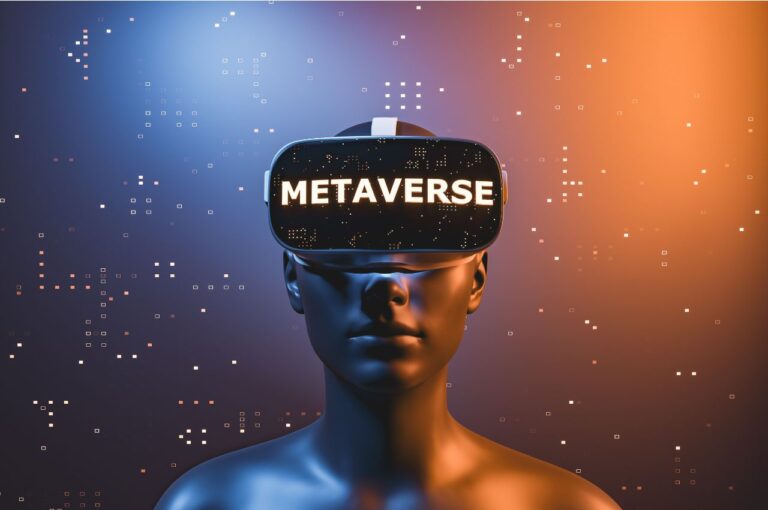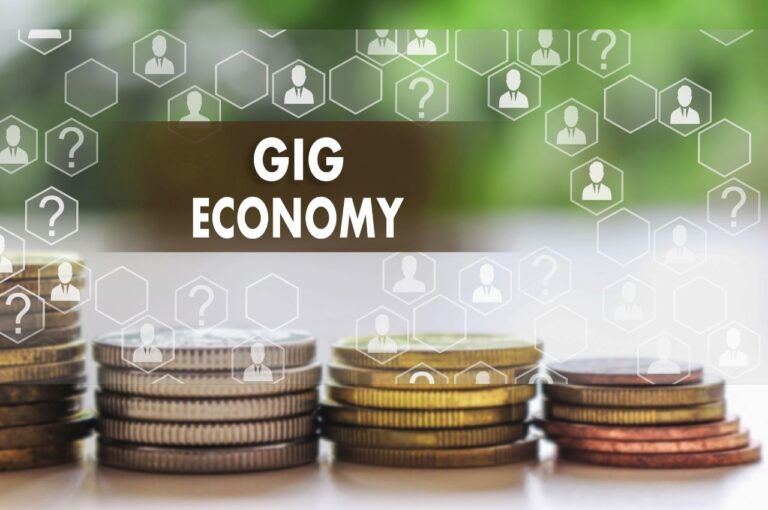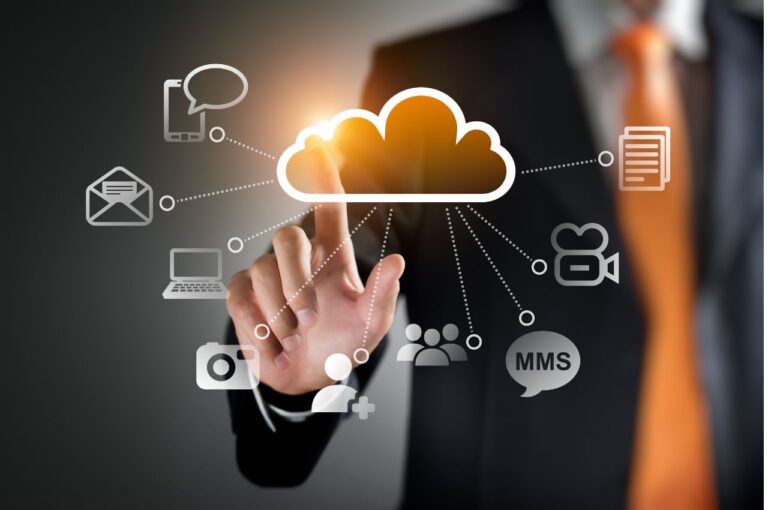Listen to the article
What is driving the conversation on SDG 12 – sustainable consumption and production? Worrying realities are making companies, governments, and other organizations recognize the need to pursue economic growth without causing environmental degradation.
This article looks at emerging technology and the innovative solutions it can provide for SDG 12—Ensure sustainable consumption and production patterns.
The UN notes that SDG 12 is about doing more and better with less. It is about decoupling economic growth from environmental degradation, increasing resource efficiency and promoting sustainable lifestyles.
According to a report by Millenium Ecosystem Assessment, 60% of the earth’s ecosystems have been degraded or used unsustainably in the past 50 years. This is to meet the rapidly growing demands for food, fresh water, timber, fibre, and fuel. If not checked, this can become a big problem because the middle class, the consumer class, is expected to reach 4.8 billion by 2050. This increase raises the concern about whether the earth has the resources to deliver the lifestyle that people expect.
The Circular Economy
One intervention to ensure sustainable consumption and production is the circular economy. The European Parliament defines it as a model of production and consumption that involves sharing, leasing, reusing, repairing, refurbishing and recycling existing materials and products as long as possible. This reduces waste to a minimum. This is a departure from the traditional, linear economic model based on a take-make-consume-throw away pattern.
The Role of Emerging Technology Innovations in Providing Solutions for SDG 12
Emerging Technology will provide innovative solutions for sustainable consumption and production to meet the demands of economic growth. Consumers will also need to reevaluate their lifestyle and the impact of their actions on the environment. They will have to consider how they use products and services.
According to a write-up on the World Bank’s Open Learning Campus, emerging technologies are enabling circular business models in a number of ways. The technologies are increasing efficiencies and reducing wastage, driving innovations by allowing new entrants into markets, allowing companies to gather insights by increasing information transparency and enabling the moving away from the use of traditional limited or resource/intensive materials.
Robotics for Sorting and Recycling
AMP Robotics has developed an AI robotic sorting system – AMP Cortex™- to sort, pick, and place material with 99% accuracy. It does 80 picks per minute, which is twice as fast as human beings. It uses artificial intelligence and machine learning to identify and sort recyclable materials from waste. Recycling robots increase the rate of recycling so that more waste can be recycled instead of ending up in landfills.
Example:
RDS of Virginia, USA, uses the AMP Cortex™ to sort PET, HDPE, plastic film, cups, and metals at one of its Roanoke facilities. The company can now manage its employee base, and has stabilized its sorting workforce and improved productivity. Robots speed up the sorting of waste so that items such as plastics can begin the recycling process immediately.
ECOBOOTH is a company in North West London that transforms plastic waste into engaging events and experiences for environmentally conscious brands. The company launched the world’s first exhibition booth in 2018 for PA Consulting, made entirely from recycled drinks bottles, retired street cones, and yoghurt pots. The booth was for the Disruption Summit in London.
Cloud Computing and Blockchain to Create a Digital Identity for Products
Companies are developing solutions that will keep track of products from creation to recycling.
Blockchain is one technology that will provide a transparent digital supply chain. PA Consulting says that blockchain offers an immutable record of transactions that verifies the origin of products.
Cloud computing is the delivery of services through the Internet. Many companies store information on their products in the cloud.
Example:
EVRYTHNG is a technology firm that creates a digital identity for products. The EVRYTHNG Product Cloud® gives an intelligent digital identity to products using real-time intelligence, machine learning and analytics to trace products from the factory to the consumer.
Customers can authenticate items using a smartphone and the item’s QR code, NFC tag or other identifiers. Some brands that have used EVRYTHNG’s technology include Ralph Lauren, Carrefour, Puma, etc. Those who buy second hand items can check their authenticity using a QR code on the item before purchase.
Solar Power to Provide Electricity
Solar power is a sustainable source of renewable energy and can be converted to electricity without adverse effects on the environment. Solar energy will help many countries, especially developing countries, transition from fossil fuels, which release a lot of carbon dioxide into the air when burned.
Example:
The Desert to Power Initiative is part of the African Development Bank’s New Deal on Energy in Africa. It will help build the world’s largest solar zone. The initiative is for the Sahel region, which receives the highest amount of sunlight. Countries in this region include Burkina Faso, Chad, Djibouti, Eritrea, Ethiopia, Mali, Mauritania, Niger, Nigeria, Senegal, and Sudan. The Sahel region separates the Sahara Desert to the north and the tropical savannas to the south.
The energy sector in the region is dominated by fossil fuel generation that is inadequate to the needs of the people. The Desert to Power project aims to accelerate economic development through access to electricity for agricultural productivity, better access to health and education, provide new opportunities for women and youth, among others. It will power possibilities for the African people now and for years to come.
Conclusion
The emerging technology innovations above have provided solutions for SDG 12—Sustainable consumption and production. However, we also need to ensure that we minimize the use of natural resources and environmental degradation as we bring a better quality of life to all. We must consider future generations and develop sustainable ways of production and consumption.
We can help you overcome your technological challenges and gain a competitive advantage in your industry. Contact us today to learn more.



